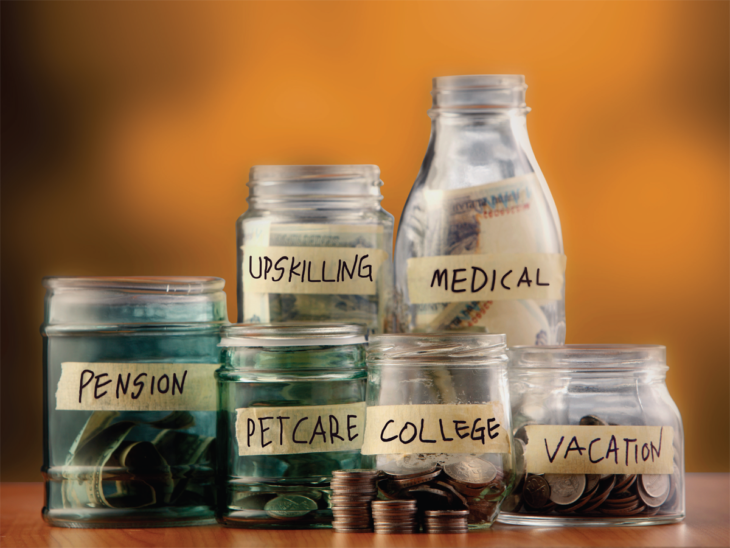If you are living paycheck-to-paycheck or if you gave a debt that is high-interest that you want to pay off, then you might want to find ways that will allow you to cut your budget and household expenses. Perhaps you do not have any debt and you do not live paycheck-to-paycheck, but instead, want to cut your household costs to reach a financial objective that you set. Whatever reason it is, finding expenses that you can cut out of your budget can help you live a happier life, save more money, retire earlier, pay off debt, and many more things. In this article, you will be able to learn about how you can reduce your household costs in easy 10. Let’s take a look:
Contents
- 1. Write Down All Your Expenses
- 2. Forget about Takeaway Coffee
- 3. Walk or Cycle to Work
- 4. Buy the Unbranded Products in Shops
- 5. Take Your Own Lunch to Work
- 6. Bulk Cook Your Meals
- 7. Compare Electricity and Gas Prices
- 8. Cut Out the Pricey Drinks
- 9. Keep a Penny/Cent Collection
- 10. Clear Out Unwanted Stuff
1. Write Down All Your Expenses
How many times did you hand over a dollar and think to yourself “Oh, it is only a dollar”, and then repeat the same thing over and over again, every month? You should be mindful about spending your pennies and you should also write down everything that you spend money on – hence, you will be able to see where you should cut costs in the future. And trust me, this first tip really works.

Source: thebalance
2. Forget about Takeaway Coffee
Get yourself a thermal coffee mug and make your own coffee every day. If you are serious about reducing your household expenses, buying a thermal coffee mug will save you at least $80 every month.
3. Walk or Cycle to Work
Most of you probably have long car or train commutes, however, 10km on a bike is still doable, right? You can invest in a good bike or even an electric bike that will help you up the hills in the morning. Ditching your car or the train for a bike will be a major money saver – plus you will get fit and reduce pollution by biking or walking.

Source: thesavvycouple
4. Buy the Unbranded Products in Shops
You might be saving a few cents per product, however, there is really no difference in the taste. For example, the only difference between a branded and unbranded tin of tomatoes can be a lack of salt in the unbranded one. But, you can add that at home, by yourself. Why pay a lot of money for something that you can add by yourself?
5. Take Your Own Lunch to Work
Yes, it will take you an extra 5 minutes in the evening, but according to the experts from www.hvac.com, wouldn’t you prefer an extra $100 to $150 each month instead? Over the course of one year, that is a saving of over $1.000.

Source: fool
6. Bulk Cook Your Meals
You should set aside a couple of hours every Sunday to make a wide range of dishes that will prepare you for an entire week. Just place them in the freezer and you will no be tempted to order food or packaged meals during the week.
7. Compare Electricity and Gas Prices
Are you getting the best deal for your electricity and gas? It will only take you a few minutes to compare different deals on online comparison websites.

Source: thebalance
8. Cut Out the Pricey Drinks
Perhaps you do not drink a lot, but for most individualism, spending a good part of their salary on expensive nights out is a part of their monthly regime. If this sounds familiar to you, try going alcohol-free for a month or cutting back to see just how much money it will save you.
9. Keep a Penny/Cent Collection
You should throw your change into a jar, and then count it at the end of each month to see how much you managed to save. Over a period of time, you will be surprised by how much money you will have.

Source: thebalance
10. Clear Out Unwanted Stuff
Have a garage sale, a car boot sale, or sell your unwanted and unused things online. If you have been living at the same place for years, there are big chances – unless you are well-organized – that you will have at least 5 things worth selling to make extra cash.
Conclusion
By following the ten tips from this article, you will be able to cut down your monthly household expenses, as well as save a lot of money at the end of each month.
